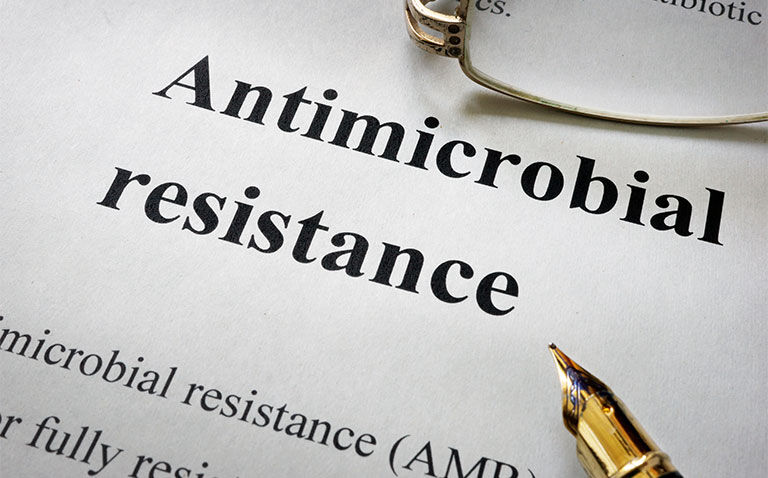The assumption that pathogen populations within a host are clonal and therefore antimicrobial resistance (AMR) will occur through the emergence of de novo variants has been challenged by a new study offering insight into the mechanism through which AMR is generated.
Published in the journal Nature Communications, the study showed how mixed strain infections within the host play a key role in shaping the emergence of resistance in response to treatment.
Using Pseudomonas aeruginosa – an opportunistic pathogen that is an important cause of hospital-acquired infection – as an example, they studied changes in the genetic diversity and antibiotic resistance of Pseudomonas aeruginosa collected from lower respiratory tract samples from intensive care unit (ICU) patients before and after antibiotic treatment.
The patients were part of the ASPIRE-ICU observational trial of Pseudomonas infection across European hospitals. They were screened for Pseudomonas soon after admission to ICU and at regular intervals thereafter.
Pseudomonas isolates were sampled in an unbiased manner – without a consideration of resistance phenotypes – and up to 12 randomly chosen isolates were collected from all patient samples containing Pseudomonas. These samples were analysed using a combination of phenotypic assays, looking at resistant organisms and genomic analyses to quantify within-patient diversity and antibiotic resistance.
Mixed strain pathogen populations
In total, 441 isolates were collected to characterise the diversity of Pseudomonas aeruginosa using lower respiratory tract samples from 35 ICU patients in 12 different hospitals.
The researchers found that while 23 of the 35 patients were colonised with a single strain, roughly a third (12 patients) displayed multiple strains and this strain diversity tended to be high.
Antimicrobial resistance evolved rapidly in patients colonised by diverse Pseudomonas aeruginosa populations, and this occurred through selection of pre-existing resistant strains, showing a clear link between within-host diversity and resistance.
The researchers suggested that this underscored the importance of within-host bacterial diversity as a means for understanding antimicrobial resistance.
They also felt that in future, measuring the diversity of pathogen populations could make it possible to more accurately predict the likelihood of treatment failure for individual patients.










